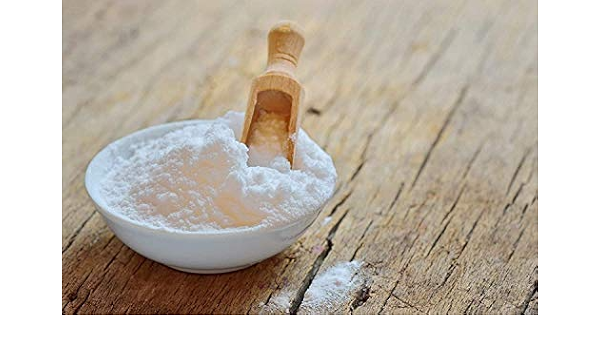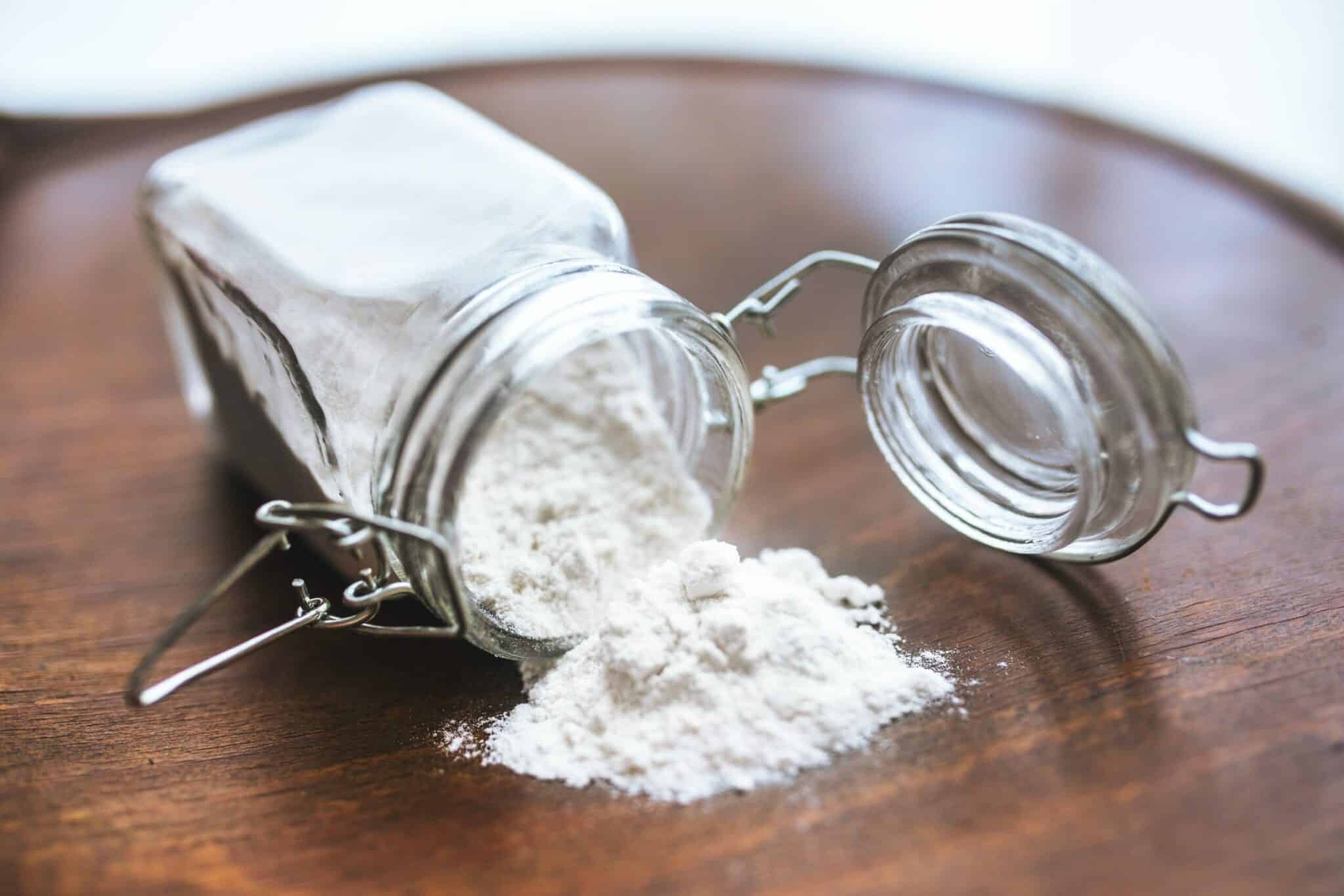There aren’t any eggs? It’s no problem. There are plenty of egg substitutes in your pantry right now, whether you have a food sensitivity, a dietary restriction, or don’t have any eggs on hand.
When replacing eggs, there are a few things to keep in mind. Understanding why the egg is used in the recipe in the first place is key to deciding which egg substitute to use.You’ll also want to consider taste once you’ve figured out what it’s for. The last thing you want is for your egg substitute to be overpowered by the flavor of whatever you’re baking.
Eggs are a staple that we always have on hand—they’re not only the foundation for a delicious breakfast omelet but also the key to perfect pancakes, cake recipes, cookies, and so much more. Unsurprisingly, running out of eggs is the worst nightmare of any home cook. But, before you start freaking out, there’s some good news! Some truly miraculous egg substitutes will ensure that nothing stands in the way of your next baking project. These substitutions will come in handy for bread, muffins, meatballs, and so much more, whether your eggs have gone bad (you can always do the egg float test to check) or you’ve run out of eggs. And the best part is that you’re probably already aware of it as you already have these ingredients in your kitchen.
What are the functions of eggs in baking?
When it comes to baking, eggs play a crucial role, and the best substitute depends on the function of the egg.
“You have to understand what the egg is doing in the recipe,” says Amy Fothergill, a chef, author, and cooking instructor who adds that a substitute can interact with other ingredients in the recipe and change the overall flavor or texture.
In three ways, whole eggs add structure, texture, moisture, and volume to baked goods:
Binder: Holds dry ingredients together while also providing moisture.
Emulsifier: A thickening agent that gives a recipe more body.
Leavener: Gives baked goods “lift” and creates air pockets. rise
Remember, when choosing a replacement, the final product will almost certainly not be a replica. The first step in a successful swap is to understand what eggs bring to the table and what result you want to achieve:
Here are the top substitutions for eggs
Applesauce

Applesauce contains pectin, which acts as a binder. Apples are a great addition to quickbreads, muffins, and pancakes because of their high sugar content.
Because apples don’t leaven baked goods, each egg you replace will make them more dense and moist. Furthermore, applesauce is high in sugar, which will appear in the final product, but this isn’t always bad for certain items.
What to do with it: Use 14 cups of applesauce to replace one egg.
Mashed banana

Bananas, like applesauce, bind together dry ingredients while also adding moisture. Because of the fruit’s natural sweetness, it works well in sweeter baked goods.
Mashed avocado is another pureed fruit to try if you need a more neutral flavor.
What to do with it: 14 cups of mashed banana can be used to replace one egg.
Buttermilk or yogurt


We can replace eggs with plain yogurt or buttermilk to add moisture and richness to a recipe. They’re best used in batter-based baking (think: brownies, cakes, drop cookies). With baking soda or powder, yogurt and buttermilk can be used as a leavener because they contain acid.
We can use 14 cups of yogurt or buttermilk to replace one egg. If you need a little extra lift, add 14 teaspoons of baking powder.
Carbonated water

By trapping air bubbles, carbonated water acts as a leavener. Replacing multiple eggs can also add moisture to a recipe and be combined with other egg substitutes, especially denser options like fruit purees. This method works well with cupcake and cake batters, as well as pancakes, waffles, and quick bread.
How to use it: Use 14 cups of carbonated water to replace one egg.
Baking soda and vinegar


Baking soda and vinegar react chemically to produce carbon dioxide and water, which can help lift pancake, cake, and quickbread batters. This combination “will give you rise,” says Fothergill, “but if there’s already enough baking soda in the recipe, it might rise and fall.”
Mix one tablespoon vinegar and one teaspoon baking soda to replace one egg.
Aquafaba

The liquid left over after cooking chickpeas — the same liquid found in canned chickpeas — is aquafaba. We can substitute both whole eggs and egg whites with this substance.
Aquafaba is a good substitute for meringues when whipped; add a pinch of cream of tartar to stabilize it. Due to its neutral flavor, we can use it in sweet and savory applications.
What to do with it: Lightly whip three tablespoons of aquafaba until foamy to replace one egg. Whip the egg white substitute until it reaches the desired stiffness.
Arrowroot powder

Arrowroot powder is made from the Maranta arundinacea plant, which grows in South America. It can be used as a thickening agent as well as a binder. It won’t interfere with the taste of your recipe because it has no discernible flavor.
Arrowroot powder contains a lot of starch, but you can also use cornstarch, tapioca powder, or potato starch. Cakes with these ingredients have more structure and custards with more body.
What to do with it: Add two tablespoons of arrowroot powder to three tablespoons of water to replace one egg.
Ground Chia seed

The chia plant’s tiny seeds are high in omega-3 fatty acids and fiber, and they can also be used as a binder for bread, cookies, and pancakes without adding flavor. Fothergill suggests adding a pinch of vegetable oil to mimic the richness of an egg.
To make it, combine a tablespoon of ground chia with two tablespoons of warm water and one tablespoon of vegetable oil to replace one egg.
Ground flaxseed

Ground flax, like chia seeds, has a gelatinous quality that allows it to hold other ingredients together, such as binding meatloaf or crab cakes. Pre-ground flaxseed is available, or you can grind it by putting whole flax seeds in a coffee grinder. It has a stronger nuttiness, making it a great addition to banana bread or oatmeal cookies.
To make it, combine one tablespoon of ground flax seeds with two to three tablespoons of water and set aside for 10 minutes to replace one egg.
Silken Tofu

This popular vegetarian protein source works best as a binder and moisture supplement. In foods typically dense, such as brownies, cheesecake, and custard, We can use silken tofu instead of eggs.
Use a quarter cup of silken tofu in place of one egg.
Commercial egg replacer

Pre-made egg replacers come in various formulas, but they’re usually made of starch and a leavening agent to mimic a real egg’s binding and lifting properties. Bob’s Red Mill and Ener-G are two popular brands.
Just read the ingredients list thoroughly to ensure you’re not allergic to any of the ingredients.
What to do with it: Follow the manufacturer’s instructions because commercial egg substitutes vary.
Oil and baking powder


To replace one large egg, make a mixture of one-and-a-half tablespoons vegetable oil, one-and-a-half tablespoons water, and one teaspoon baking powder. This is particularly useful in recipes that call for eggs as a leavening agent, such as pancakes and rolls.
What is egg substitute and how does it work?
Egg replacer can be a powdered product designed to replace eggs in baking, and it can be a single ingredient or a combination of ingredients that mimic the action of eggs in a recipe. Except for tofu, which We can use to make a vegan scramble or “egg salad,” an egg replacer does not work as an egg substitute in omelets or other cooked egg dishes. Except for aquafaba, the liquid in a can of commercially packed chickpeas, they can’t usually replace egg whites in recipes like meringue.
How to use egg substitute?
The egg’s intended function determines the best egg substitute for any recipe; as a general rule, the fewer eggs required, the better the substitution results. Recipes that call for three or more eggs rely on the flavor of the eggs, which can be difficult to duplicate.
In batters, such as for cakes, muffins, and pancakes, and doughs, such as cookies or brownies, powdered products typically replace whole eggs used as a leavening ingredient. Most powdered egg replacers are thickened by mixing a measured amount with water and letting it sit for a few minutes. Then, for each egg called for in the recipe, you add one portion.
Depending on the application, you can use different egg replacer ingredients. You can leave the eggs in some pancake recipes and replace them with baking powder, adding about 1 1/2 tablespoons per egg. In place of eggs, We can use mashed bananas, applesauce, and other fruit purees to add moisture to muffin batters, substituting 1/4 cup for each egg.
When ground flaxseeds or chia seeds are soaked in water, they form a gel that mimics the binding ability of eggs. Because this adds density to a batter, it’s best for heartier treats like cookies and brownies. Combine one tablespoon of ground flaxseed meal for each egg with three tablespoons of water.
What is it like to eat?
Eggs, particularly the yolks, impart flavor to baked goods, whereas powdered egg replacers do not, so they may not be as effective in recipes that require an eggy flavor, such as challah bread.
Other ingredients, such as bananas, applesauce, and flax seeds, have their flavor profile, so think about the recipe before deciding which to use. Flax seeds, for example, have a nutty flavor that goes well with chocolate chip cookies but isn’t as appealing in a lemon bar. Silken tofu, used in place of 1/4 cup of eggs, is a flavorless substitute.
Where can I get egg replacer?
We can find commercial egg replacers in the baking section of your grocery store or at a natural foods store, and you can also buy them on the internet.
Storage
Most powdered commercial egg replacers will keep for at least a year if kept in a cool, dry place. However, the leavening ingredient’s effectiveness may wane over time.
What are some varieties of egg substitutes?
Ener-g egg substitute
Ener-G egg replacer mimics eggs’ binding and expanding properties in baked goods by combining potato starch, tapioca starch flour, and a leavening agent. Cookies, cakes, and brownies, as well as pancakes, waffles, and muffins, can be made with this egg substitute. Ener-G egg replacer is also gluten-free, kosher, cost-effective, and simple to use. We can use it in place of whole eggs and egg whites.
Bob’s red mill egg substitute
This reputable company, founded by a husband and wife team, sells a cholesterol-free, vegan-friendly egg substitute. It makes light and fluffy pancakes and waffles, as well as binding and moistening ingredients in baked goods like muffins, cookies, and brownies. It contains wheat and soy, but it also comes in a gluten-free version.
Namaste raw goods egg replacer
Gluten-free Namaste Raw Goods Egg Replacer Tapioca and arrowroot starches, citrus fiber, cream of tartar, and sodium bicarbonate make up Namaste egg substitute. The resealable pouch makes it simple to take out the two teaspoons needed for most recipes and save the rest for later.
Conclusion
It can be intimidating to replace eggs in a recipe the first few times, but it is possible to achieve excellent results with a substitute. To get the texture you want, you may need to play around with ratios and try a few different approaches, so don’t be afraid to try new things.
